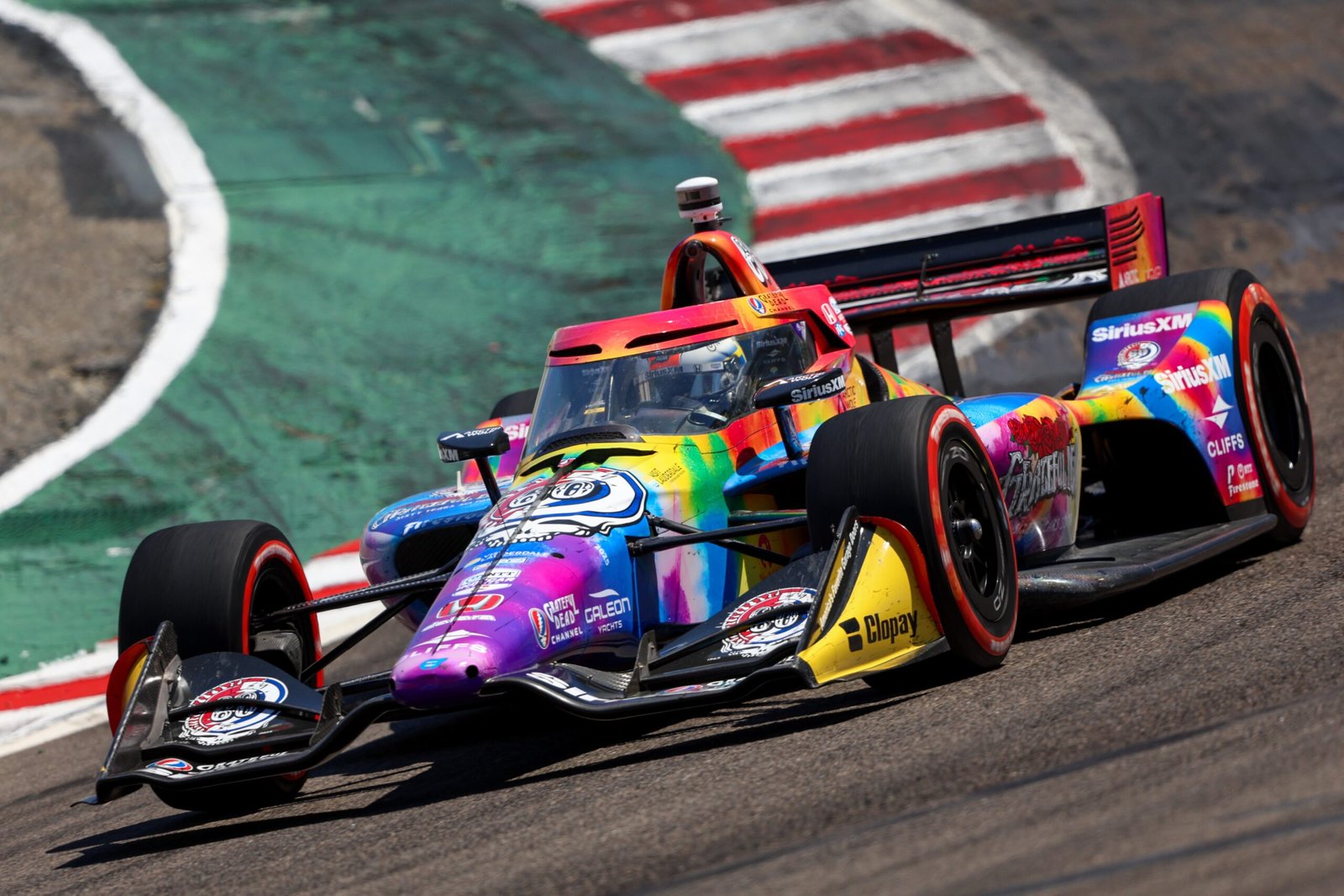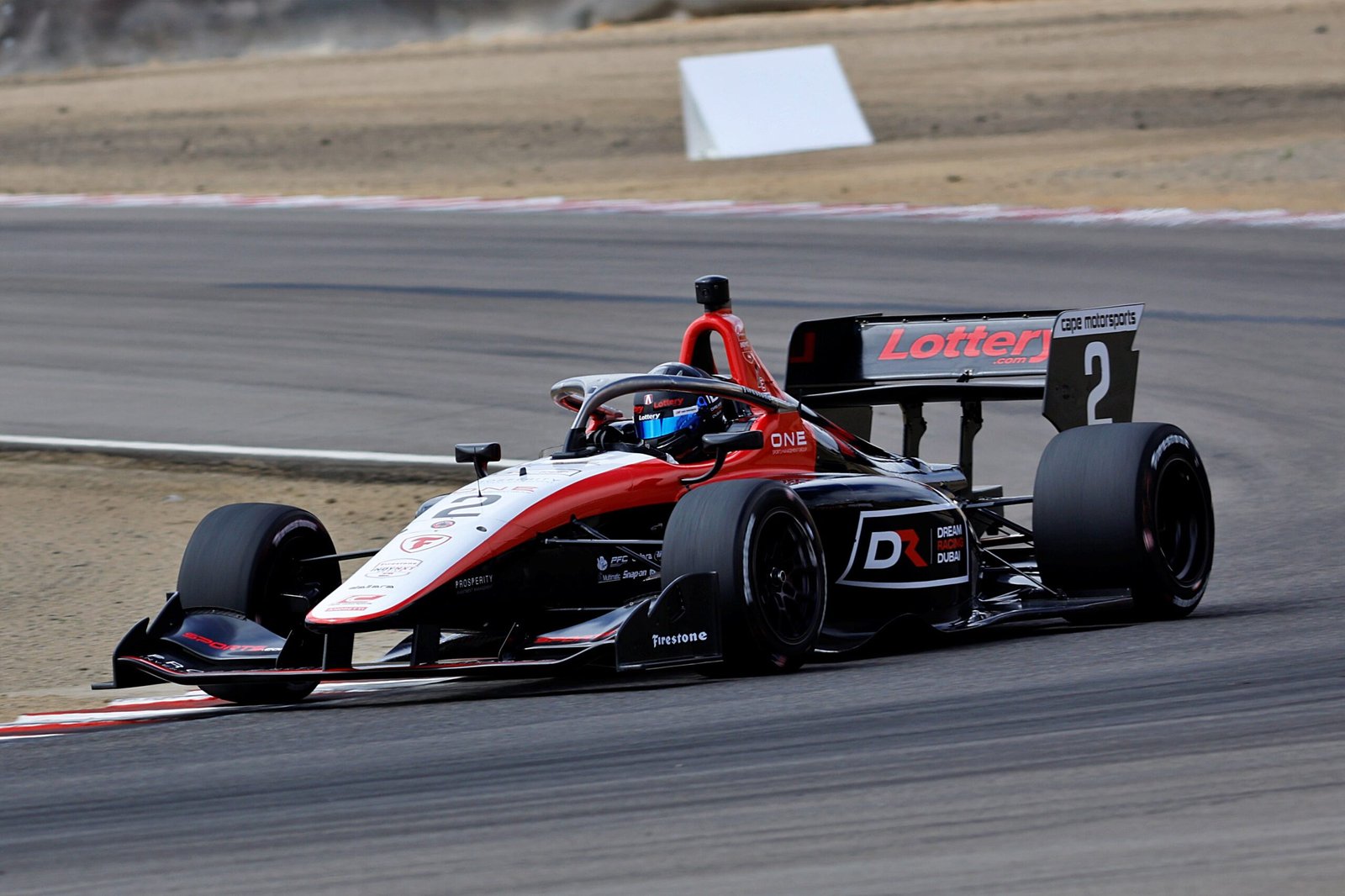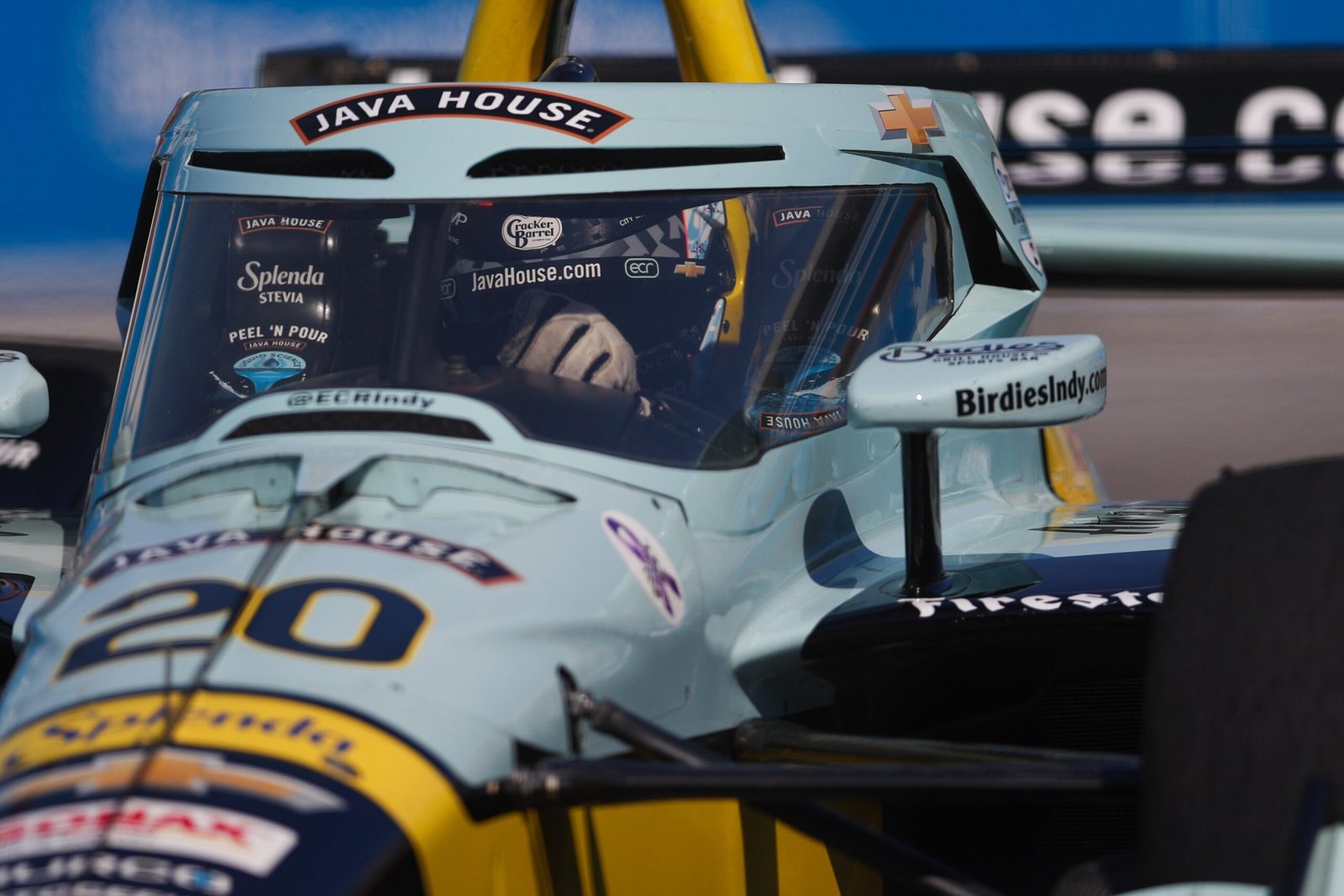The Hendrick 1100: Kyle Larson’s High-Speed Balancing Act at Indy 500 and Coca Cola 600

There are racing challenges—and then there’s The Double. For Kyle Larson, one of the most versatile drivers in modern motorsports, this May isn’t just about the Indianapolis 500. It’s about completing what’s known as the Hendrick 1100: competing in both the Indy 500 and NASCAR’s Coca-Cola 600 on the same day.
For most drivers, either event would be the singular focus of their month. But Larson, backed by Hendrick Motorsports and Arrow McLaren, is taking on a task that’s as logistically complex as it is physically punishing. The goal? Run 1,100 miles across two of America’s most iconic racetracks—Indianapolis Motor Speedway and Charlotte Motor Speedway—in under 12 hours.
And in the midst of this high-profile doubleheader, Larson is also embracing a different challenge: proving himself not just as a guest star in the INDYCAR paddock, but as a legitimate contender in the most prestigious open-wheel race in the world.
“It’s Just Practice”—But Every Lap Counts
When asked if things felt different this time around—his second attempt at the Indy 500—Larson answered with his trademark calm.
“Not really,” he said. “It doesn’t seem any different. It’s just practice.”
But scratch the surface, and it’s clear Larson is soaking up every moment. In a rain-shortened opening session, he prioritized comfort over outright pace, focusing on clean-air balance before gradually moving into traffic.
“Toward the end, I got in maybe six or seven laps in traffic,” Larson said. “As normal, I had a bit of understeer, but the balance felt okay. I was just trying to hit my marks.”
The learning curve in IndyCar, especially on the unforgiving 2.5-mile oval of the Speedway, is steep. And while Larson’s raw driving talent is unquestionable, mastering the subtleties of high-speed traffic, weight jacker adjustments, and fuel strategy takes more than reflexes—it takes laps, and lots of them.
“People could pass me earlier on the straightaway,” he noted. “When I passed them, it was later. So I think we can work on that—either car balance or maybe I can do some things differently in the cockpit.”
It’s a strikingly honest and analytical assessment from a driver still relatively new to the IndyCar world.
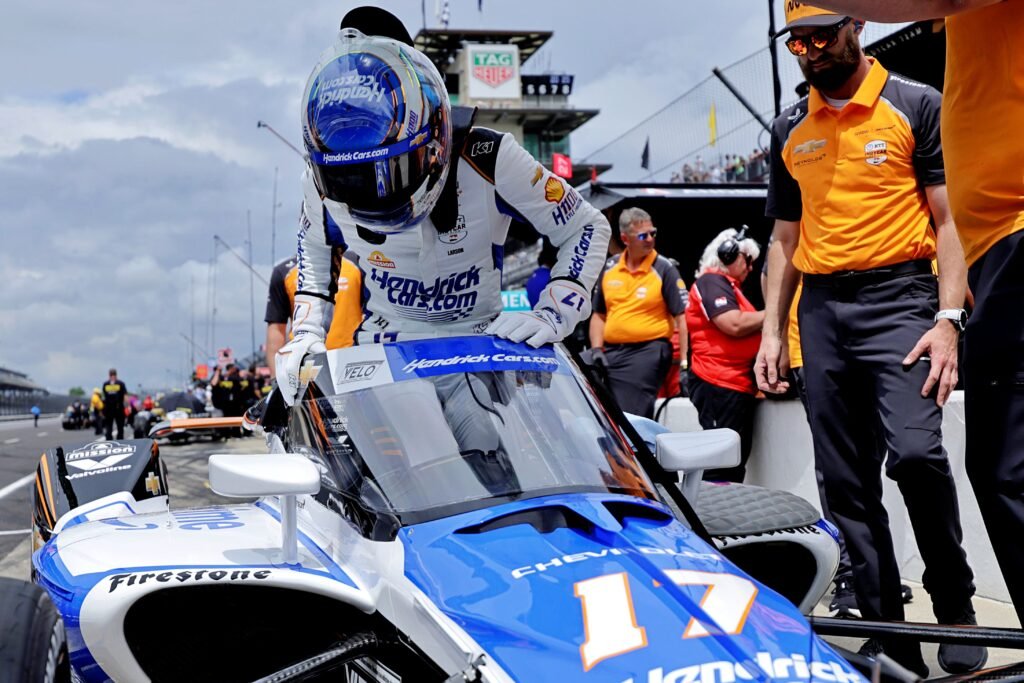
The Double: 1,100 Miles, One Day, Two Worlds
Larson’s Sunday schedule on May 25 will look something like this: Start the day at the Indianapolis Motor Speedway, race 500 miles in a high-downforce, low-sitting open-wheel car, then—depending on timing and weather—catch a jet to Charlotte, North Carolina, and jump into his full-time NASCAR Cup car for another 600 miles.
If successful, he’ll join a short list of drivers who have attempted „The Double“—Tony Stewart being the most notable to finish both races on the same day. The physical toll? Extreme. The logistics? Precision-level. The pressure? Immense.
“This is the biggest challenge of my career,” Larson has admitted. “It’s not just about endurance; it’s about switching your mind between two very different driving styles, two very different cars, and doing it under the microscope.”
Interestingly, the schedule could force some difficult decisions. If Larson qualifies for the Fast Six at Indy—putting him in contention for the pole—he may need to skip the final pole shootout to make it to NASCAR’s All-Star Race. The reason? A potential $1 million purse.
“For me, and definitely for Rick [Hendrick] and everyone at Hendrick Motorsports, Cup has to be the priority,” Larson said. “It’d be amazing to go for pole at Indy, but it’s hard to turn down the chance to race for a million dollars.”
The People Behind the Program
This year’s effort is especially emotional, as it’s the first without John, the original architect of Larson’s IndyCar program, who passed away unexpectedly. Larson credits his wife Ashley and the entire Arrow McLaren team for stepping up to ensure nothing fell through the cracks.
“Had he been here, everything would have been more organized weeks ago,” Larson said. “But to this point, everything has gone smoothly, and that’s because people worked that much harder to make sure it was right.”
His trust in the people around him is allowing Larson to focus fully on the task at hand, whether that’s fine-tuning aero balance at 230 mph or preparing mentally for the long day ahead.
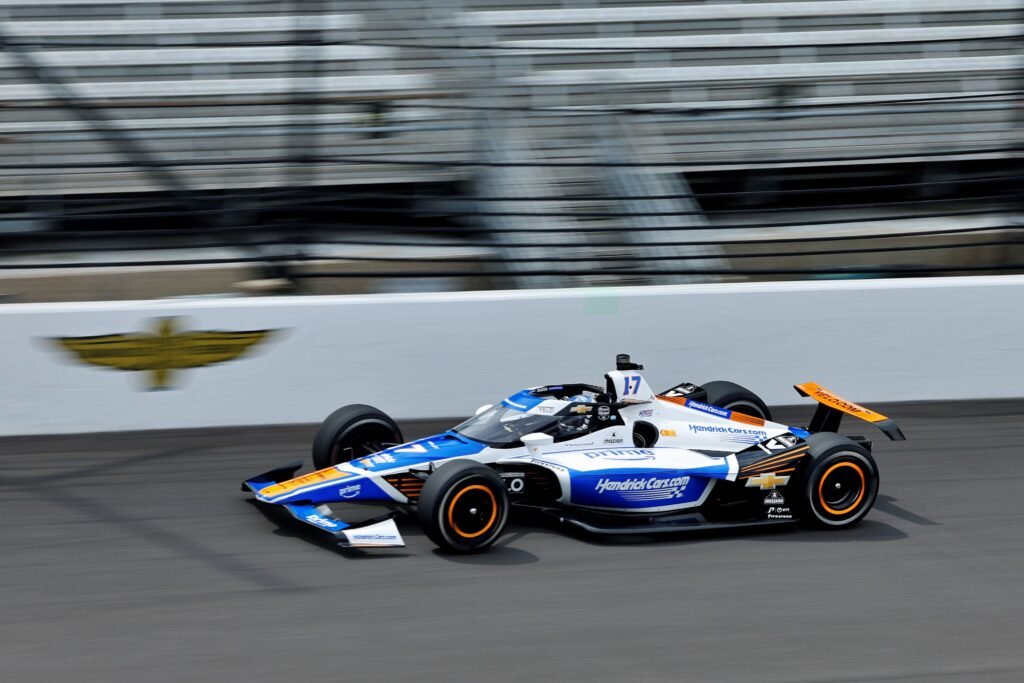
Still Learning, Still Dangerous
Though Larson brushes off the rookie label—he did qualify fifth last year and has raced on dirt, pavement, and everything in between—he’s still approaching the Indy 500 with humility.
“I’m not touching the weight jacker for qualifying,” he laughed, admitting there’s still a lot to master. “There’s time to get into that stuff later.”
For now, he’s absorbing everything—track behavior, drafting dynamics, and in-cockpit feedback—building a knowledge base that grows by the lap. If Day One is any indication, Larson is moving from wide-eyed rookie to poised contender faster than expected.
A Double Worth Watching
The story of Kyle Larson’s May is bigger than just 1,100 miles. It’s about a driver pushing the boundaries of what’s possible, in terms of skill, stamina, and schedule.
He may still be adjusting to IndyCar intricacies and juggling race-day plans across two time zones, but Larson isn’t here just for the novelty. He’s here to win.
And if the early signs are any indication, he just might.
written by Philipp Kraus / Media Credit: Penske Entertainment

